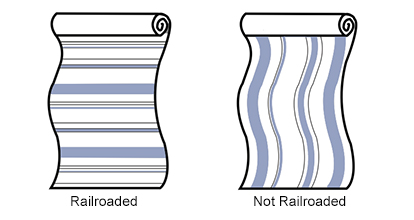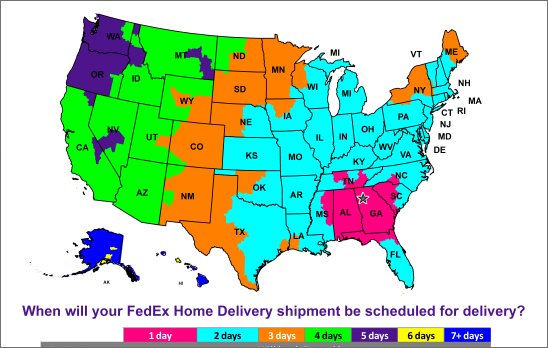About Our Leather Selections
Our upholstery leather hides are produced using premium cowhide and tanning methods to ensure quality and satisfaction featuring leather strength and durability that will last for years. Each pattern features unique tanning and finishing which creates a remarkable leather that showcases natural beauty in a variety of looks, colors and textures. These soft and supple hides are ideal leather for upholstery and for garments, chaps, handbags and other leather goods.
We source our premium genuine leather hides from sustainable methods. All hides come from natural byproduct of local farming and ranching from locations in South America and Europe, meaning that the animals aren’t expressly grown for leather production. Coupled with ethical sourcing from environmentally-conscious tanneries and a broad leather scrap re-purposing program, our customers can rest easy that they are getting a truly sustainable leather product.
Genuine Leather FAQs
What is “genuine leather”, or what does “genuine” leather mean?
“Genuine leather” is a term used to define any product that is made of authentic, real leather sourced from raw animal hides often bovine, or cows, bulls and steers.
How do you clean genuine leather?
The process of cleaning genuine leather upholstery is very simple, though you need to take care to treat the materials delicately to preserve its quality. Whether you’re cleaning genuine leather sofa, purse, belt, or shoes, the process will be the same.
- Mix a solution of luke warm water and dish soap (aim for a 10:1 ratio).
- With a soft, clean cloth, lightly dab the water and soap mixture so the cloth soaks up some of the cleaning material
- For the dirty or affected area, gently wipe the area in a circular motion taking care not to push too much water into the leather material (too much water can damage genuine leather).
- With a clean, soft cloth, dab and wipe the area to remove the excess soap and water.
- Make sure to leave the area well ventilated and allow it to air dry.
- For grease stains, use a wet cloth and baking soda or cornstarch to dab at the greasy area. Allow the material to sit overnight so that the soda or starch can soak up the grease. Wipe off the excess cleaning material with a dry cloth the next day.
- For ink stains, although there would be concern about removing the leather color, you may want to try lightly dabbing at the stain with rubbing alcohol on a cotton swab (don’t wipe at it or the stain could spread) until the ink stain is removed, then proceed with warm water and soap solution.
How many square feet are in a leather hide?
The hide size will vary depending on the specific item selected. We have displayed the average size information on each hide item page. Most are 40-55 square feet.
How do I convert yardage needed to square footage of leather needed?
It recommended to order 18 square feet of leather (including waste) for each yard of fabric that is required. Multiply the yardage needed by 18 to determine the approximate square feet of leather needed for your project.
How long will it take my order to be shipped?
Special Order leather is usually shipped in 7-10 business days.
How much waste should be expected when cutting leather?
Leather tends to have a slightly higher waste than fabric. Yield and waste will depend on the application, please ask your furniture manufacturer or upholsterer for the square footage needed.
Does genuine leather come in rolls?
No, leather is a natural product and comes in a variation of hide types and sizes.
Types of Genuine Leather Hides
European Cowhide - European cowhide is a very clean product with little or no defects. Considered to be the best raw material available, large hides averaging 50 sq ft. (Hides displayed as South German origin average 55 sq ft.)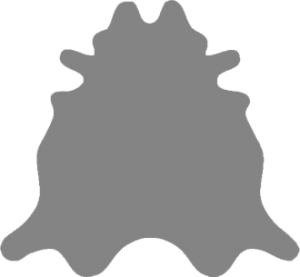
South American Cowhide (Brahma) - South American cowhide will have some Brahma hide selection. Brahma hides will have a small hole in the neck area. Insect bites, brands, healed scars and scratches may or may not be present.
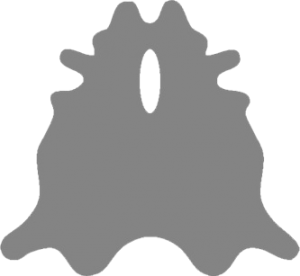
United States, Latin America and Argentine Cowhide - Typically a clean product with little natural characteristics. Expect limited insect bites, healed scars and scratches. Large hides averaging 48 sq ft.

Genuine Leather Terminology
- Buffed Leather- Leather that has the grain removed to alter or correct the grain.
- Chrome Tanned- Leather tanned with chromium salts resulting in soft hides.
- Corrected Grain- Referring to the surface of the leather, which has been sanded, buffed and altered to form a uniform grain texture.
- Distressed Leather- Leather that has been made to appear cracked, brushed, waxed, faded or wrinkled.
- Drum Dye- The application of dye/color by immersion in a large drum and tumbled. This process allows full penetration of the dye into the fiber of the hide.
- Embossed Leather- Hides or skins finished with designs pressed into the surface by engraved plates or rollers. Embossed designs may be an imitation of ostrich, crocodiles or floral patterns.
- Fat Wrinkles- Wrinkles in the grain of the leather which are authenticity of pure aniline leathers.
- Finish- Usually defines the surface application on leather regarding the color or protection added. It refers to all processes to leather after it has been tanned.
- Foil Leather- A decorative paper transfer process applied to the surface of a suede based leather.
- Full Grain- Leather in which the original grain layer has not been altered.
- Grain- Referring to the outside of the hide or skin consisting of cells, wrinkles and pores and other characteristics.
- Hair on Hide- Leather that has been tanned and conditioned without removing the hair from the skin or hide.
- Hand- A leather industry term used to describe the feel, softness or fullness of upholstery leather.
- Hide-The pelt or skin of a large animal.
- Kip- The hide from a grass-fed, immature bovine.
- Leather- An animal hide or skin that has been preserved for use.
- Nubuk- A finish produced by running the surface of leather on a carborundum or wheel to lightly separate the fibers in order to give the leather a nap.
- Patina- A natural characteristic that develops on full grain or aniline leather through normal use over time.
- Pigmented- Leather that has been sprayed with a pigmented, opaque finish. Pigmented leathers provide consistency in color.
- Protected Leather- Leather that has been dyed and pigmented to ensure color consistency and provide protection against wear. Durable leather that is meant to last.
- Pull Up Leather- When pulled tight this type of leather produces a burst of color. Pull Up leathers receive an oil or wax application.
- Sauvage- A marbled appearance created by blending two or more similar colors.
- Side- Half a hide cut along the backbone.
- Semi-Aniline Leather- An aniline leather that has a pigment base applied to give the leather an opaque color, then an aniline or pigment finish is applied by hand for a two toned antique surface. In most cases a top coat is added for protection.
- Split Leather- Leather made from the bottom split which has an imitation grain embossed into a heavily finished surface.
- Suede- The underneath portion of hide or skin after splitting has occurred, a fibrous leather.
- Top Grain- The grain split of a hide from which nothing has been removed except the hair.
- Unfinished Leather- Usually defines an aniline dyed leather with no additional finish applied.
- Upholstery Leather- A general term for leather used for furniture, aircraft, automobiles, handbags and other leather-craft.
- Vegetable Tanning- A generic term to cover the process of making leather by the use of bark, woods and other parts of plants and trees.
- Water Repellent Leather - Leather which has been treated with several chemicals which repel the absorption of water.
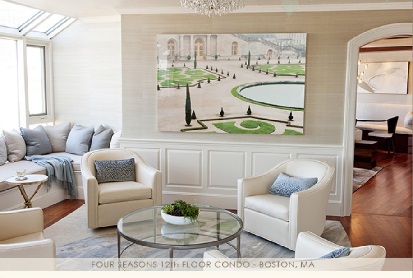
 We apologize that our order processing has not been consistent during this pandemic and please know that we are working very hard to return to quick and consistent order processing. Our distribution center is operational and is currently processing orders as indicated below:
We apologize that our order processing has not been consistent during this pandemic and please know that we are working very hard to return to quick and consistent order processing. Our distribution center is operational and is currently processing orders as indicated below:
